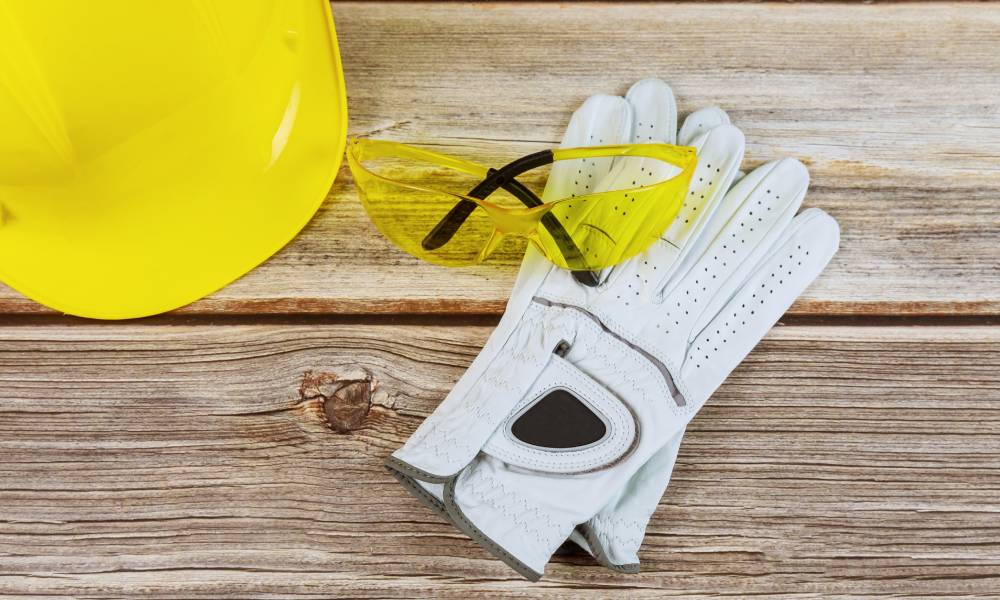.jpg)
Are Nitrile Gloves Food Safe?
In recent years, nitrile gloves have become increasingly popular in the food industry. Known for their durability, chemical resistance, and hypoallergenic properties, they're often seen as a preferable alternative to latex gloves. But the question remains: are nitrile gloves safe for food handling?
What Is Nitrile Gloves?
Nitrile is a synthetic rubber compound that is free from latex, making it an excellent choice for individuals with latex allergies. These gloves are known for their high level of puncture resistance and their ability to withstand oils, fats, and other chemicals that are commonly found in food preparation.
FDA Regulations and Compliance
The Food and Drug Administration (FDA) plays a pivotal role in determining the safety of nitrile gloves in food handling. According to FDA standards, nitrile gloves used in food handling must be of a certain quality and thickness to prevent contamination and ensure the gloves do not tear easily. It's essential for food businesses to use gloves that meet these FDA standards to ensure food safety.
Benefits of Using Nitrile Gloves in Food Handling
- Nitrile gloves are latex-free, reducing the risk of allergic reactions both for the food handler and the consumer.
- They offer superior protection against a variety of chemicals, making them ideal for handling foods that may contain acidic or fatty substances.
- Nitrile gloves are more durable than latex or vinyl gloves, reducing the risk of tears and punctures during food preparation.
Implementing Nitrile Gloves Effectively in Food Safety
The fit of nitrile gloves is a crucial factor in their effectiveness. Gloves should fit snugly yet comfortably, ensuring that the wearer can move their hands with ease and precision. A glove that fits well minimizes the risk of tearing and allows for better control when handling food and kitchen tools. Conversely, gloves that are too tight can split easily, while those that are too loose may slip off or interfere with tasks. To cater to all staff members, it's important to have a range of glove sizes available. This diversity in sizing guarantees that everyone can find a glove that fits properly, thereby enhancing overall safety and efficiency in the kitchen.
Regularly changing gloves is a critical practice in preventing cross-contamination, especially when switching between handling raw and cooked foods. This habit is vital for stopping the spread of bacteria like Salmonella and E. coli. Furthermore, gloves should be changed between different kitchen tasks, such as after dealing with waste, cleaning surfaces, or touching potentially contaminated items. If gloves become visibly dirty or damaged, they must be replaced immediately to maintain the integrity of the food handling process and ensure ongoing safety.
Best Practices for Using Nitrile Gloves in Food Safety
- Gloves should fit properly to allow dexterity and reduce the risk of tearing.
- Gloves should be changed frequently, especially between handling raw and cooked foods, to avoid cross-contamination.
- Proper disposal of used gloves is crucial to maintain hygiene standards.
Limitations and Considerations
While nitrile gloves are generally safe for food handling, they are not infallible. They should not be used as a substitute for proper handwashing. Additionally, nitrile gloves can become contaminated just like hands, so it's important to use them correctly.
Nitrile gloves are a safe and reliable option for food handling, provided they are used correctly and meet FDA standards. Their hypoallergenic nature, durability, and chemical resistance make them an ideal choice for culinary professionals. As with any safety equipment, proper usage and regular replacement are key to ensuring food safety and hygiene.
Beybi Plastik, since its establishment in 1949; operates in the field of personal protective work safety gloves, examination gloves production and sales, sterile surgical gloves and medical consumables sales and marketing.



